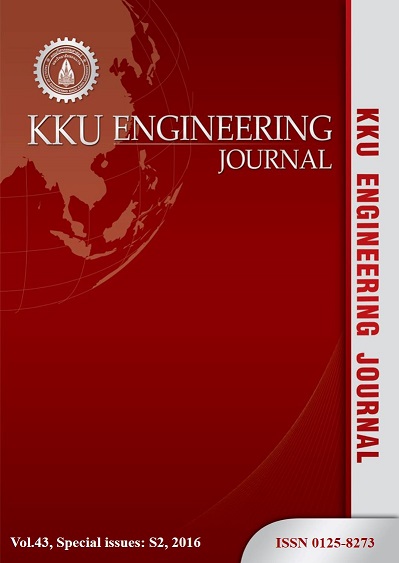Filter random forest for indoor Wi-Fi positioning
Main Article Content
Abstract
This paper proposes the method called the filter random forest (FRF), which can enhance an accuracy of indoor positioning based on fingerprinting by employing the random forest (RF) algorithms and informative access point (AP) selection. FRF selects the informative APs from all APs. This process reduces noise data and complexity of FRF’s learning. FRF is compared with the machine learning classifiers; i.e. RF, decision tree (DT), bagging (BAG) and boosting (BOOST), by exploiting the signal strength from the real measurement. The performance comparison is done in terms of accuracy of classification of positions and computational complexity of algorithms. The result of this study shows that FRF’s accuracy is very similar to BAG’s accuracy which is more accurate than DT and RF. Besides that, the computational complexity of FRF is the lowest among the others due to the effect of AP reducing.
Article Details
This work is licensed under a Creative Commons Attribution-NonCommercial-NoDerivatives 4.0 International License.



